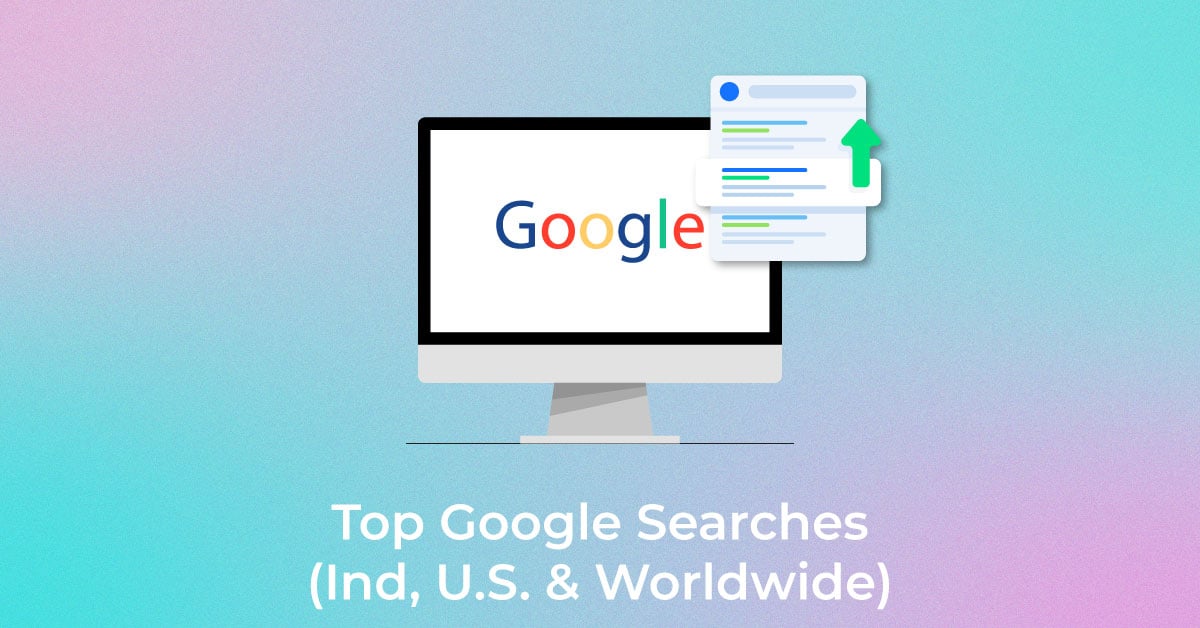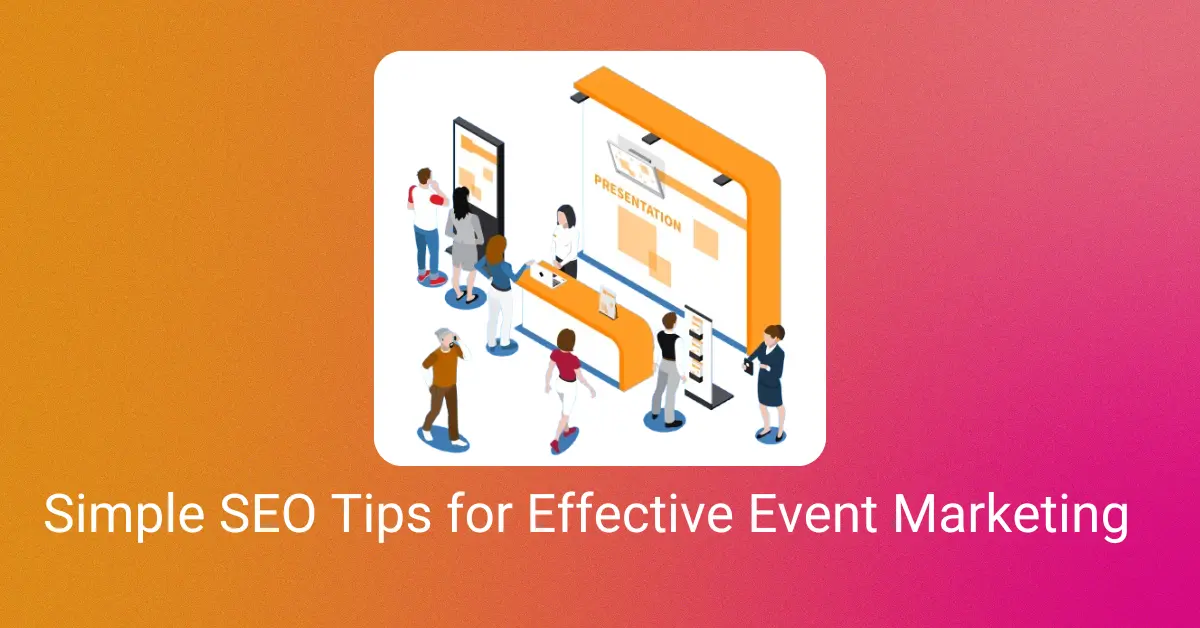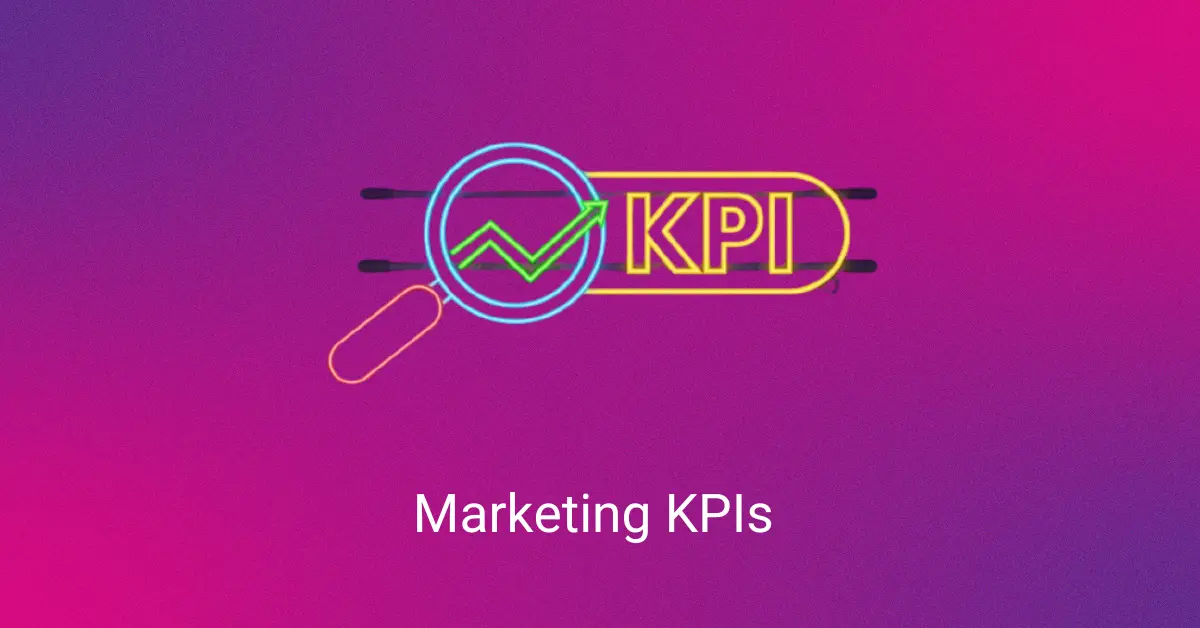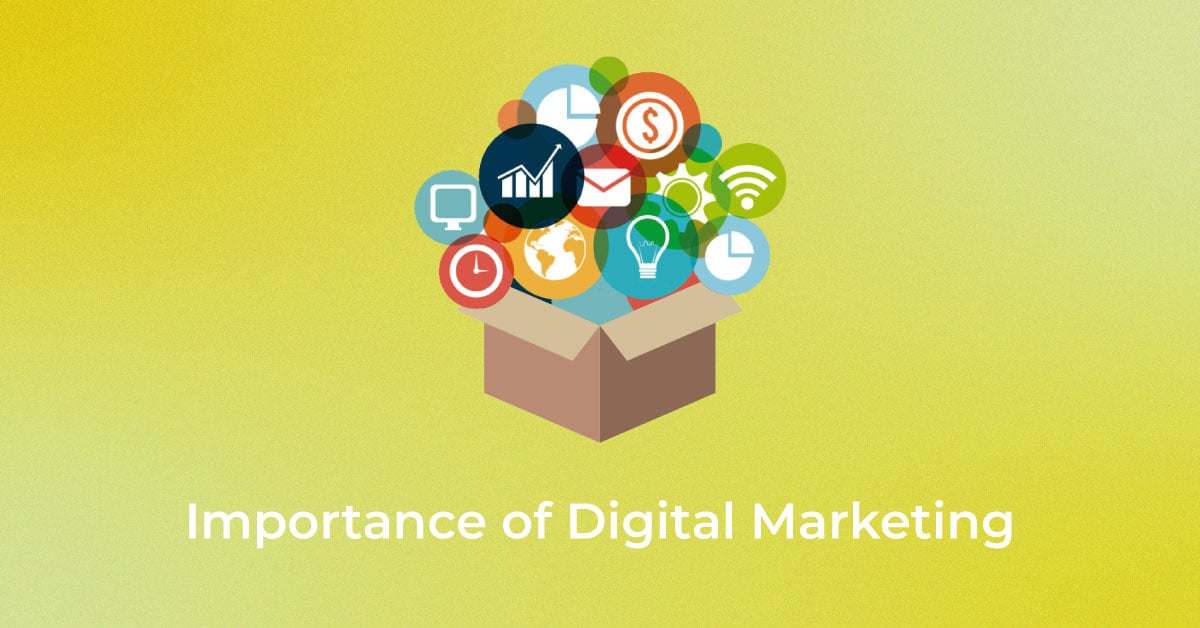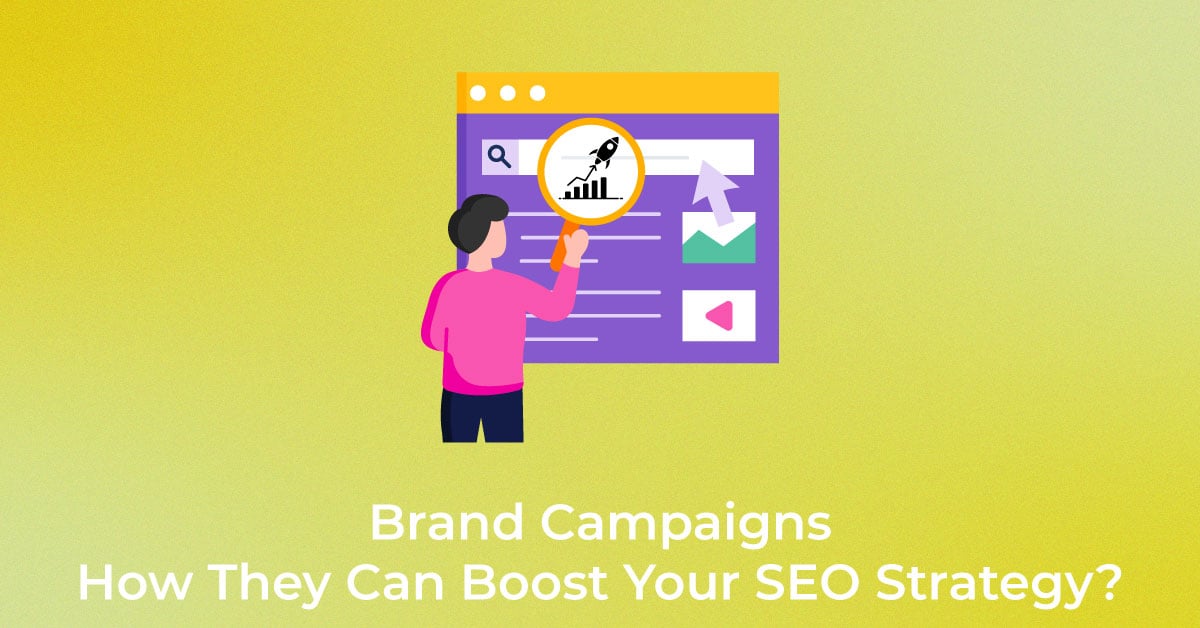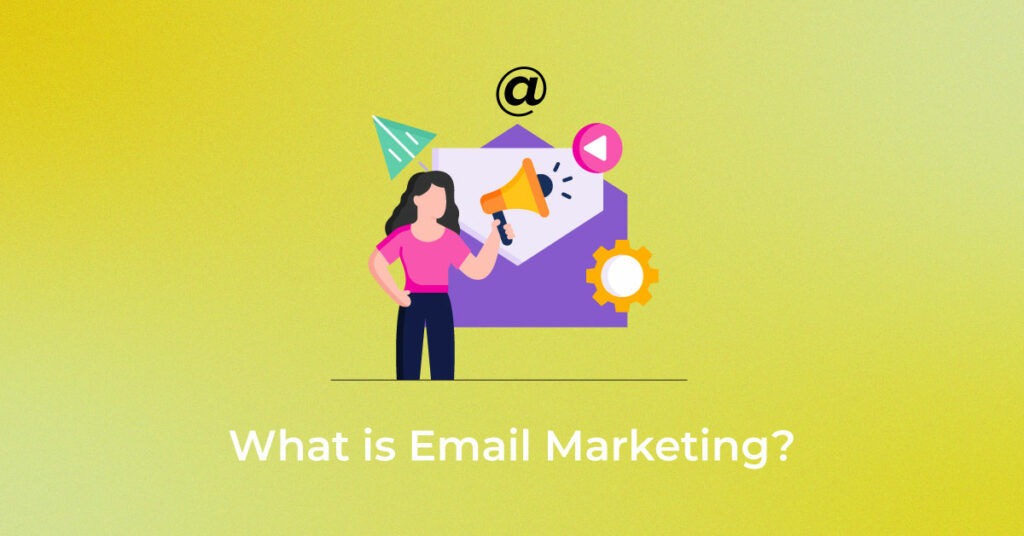|
Getting your Trinity Audio player ready...
|
With the number of brands vying for customers’ attention growing exponentially, standing out amidst the influx of emails in a crowded inbox isn’t an easy feat. This article discusses the ins and outs of email marketing, the types of email marketing, the benefits of email marketing, and how to do email marketing.
What Is Email Marketing?
Email marketing is the oldest form of marketing communication and holds great relevance despite the prevalence of newer methods of digital marketing, like live chat, affiliate marketing, and social media.
Email marketing is widely prevalent in every marketer’s arsenal today. 99% of email users check their email at least once a day, and 59% confirm that marketing emails play a role in influencing their buying decisions.
It has a high ROI of $36 for every dollar spent and an expansive audience base of 4.5 billion active email users to leverage.
Types of Email Marketing
There are different types of email marketing campaigns that markets use to woo their target audiences:
Informational emails
These emails are designed for the sole purpose of informing and helping your target audience learn more about your brand. Informational emails can be newsletters, surveys, promotional, or welcome emails.
It is a direct engagement tactic of sending promotional or informational content to create brand awareness or generate new leads.
Re-engagement emails
Re-engagement emails refer to a series of emails that marketers send to a particular segment of the audience that seems less engaged or unengaged with your emails. This type of email campaign is also known as win-back emails or reactivation emails.
The emails are centered around winning back the customers and making them interested in your offers.
Promotional emails
Promotional emails inform your audience about new product and service launches or get the word out about new or upcoming offers, limited-time deals, or exclusive member-only content.
These emails have a clearly-defined CTA, and their main objective is increasing awareness, generating sales and revenue, and increasing customer loyalty.
Importance of Email Marketing
Email marketing beats social media, SEO, and affiliate marketing as the most effective digital marketing channel despite being the oldest mode of marketing communication. 4/5ths of the marketers say they would give up social media rather than email marketing, as per a Hubspot survey.
The preference for email marketing among marketers is so strong for several reasons:
- Billions of people consider emails the preferred mode of digital communication.
- Algorithm changes don’t impact the effectiveness of the campaign.
- The brand owns the email connections as most of them have readily agreed to be part of the mailing list or else were discovered as potential subscribers and leads by the marketers themselves.
- Email marketing campaigns are economical, have a high ROI, and can be customized based on consent, segmentation, and personalization.
- It helps in building an active community around the brand.
Benefits of Email Marketing
Brand awareness
Emails offer a one-to-one communication channel with the customers who selectively choose which brands or publications should get exclusive access to their inboxes. It is more impactful than a social media post as it helps to ensure that the customers have your brand name retained in their minds.
Conversions
Email marketing is useful when launching a new sale or promotion. Customers can be sent personalized coupons or special offers on their birthdays/anniversaries or abandoned cart emails when they add items to their cart but do not check out.
Customer loyalty
Email marketing is useful in lead nurturing, customer retention, onboarding, and conversion. When used alongside CRM systems to streamline communications, it can be an effective tool for building long-term customer relationships and ensuring customer loyalty.
Strategies for Email Marketing Success
Do not purchase email lists
An email list is a database of subscribers who have agreed to receive your emails in their inboxes. A successful email campaign requires an engaged email list but does not purchase an email list.
The best way to build your email list is by creating a lead magnet. A lead magnet is an offer like a coupon in exchange for your target audience’s email address.
Although purchasing email lists is a convenient option, your marketing efforts may suffer in the long run because of the lack of personalization and violation of GDPR consent rules. Your email marketing services provider may disallow you from sending emails to the purchased list and penalize you for the same. Often, people mark unsolicited emails as spam.
Subdivide your mailing list
Email marketing being inbound requires you to personalize and customize messages to suit different kinds of audiences. You must subdivide your mailing list into segments and determine the customer persona before designing emails for your campaign.
Some of the ways to split your email list include
- Dividing email list into engaged, less-engaged, and disengaged contacts
- Splitting list based on location, inactive users, etc.
- A new subscriber segment
- Segments based on subscribers’ email preferences
Segmented email campaigns are 14% more likely to get email opens and 100% likely to get more clicks than non-segmented email campaigns.
Use a two-step opt-in
Opt-in refers to a voluntary signup process where visitors to a website are encouraged to sign up for emails. By doing so, they give express permission to be a part of your emailing list.
There are two ways to deploy opt-in in your email marketing:
- Single opt-in where only signup is needed to add a subscriber to the email list
- Double opt-in, where the subscriber needs to click on the confirmation link sent as an email to each new subscriber to verify and complete the subscription.
Double opt-in adds an extra step but reduces hard-bounce rates as it eliminates the probability of a misspelled email address, rules out spam traps, and acts as proof of subscriber consent.
A/B test your email marketing content
If you are not sure whether the email content will appeal to your audience, consider using the A/B test to find that out. You can test different subject line formulas, content formats, and CTAs to find the best fit.
A/B test not only enhances your engagement levels by improving the email marketing strategy but also improves the open and click-through rates.
Personalization
Attention to small details and personalizing the message for the customer to make them feel valued can go a long way for any brand looking to build customer relationships. Email marketing does the same with prospective customers and clients.
Some strategies to increase the click-through, conversion, and open rates in email marketing include:
- Address the subscriber by their name in the subject line and content.
- Keep in mind the time zones while scheduling emails for different clients to increase the open rate and its chances of being read.
- Segment the contact list to make the emails more relevant and targeted.
Improve email delivery
Email deliverability is the ability to deliver emails to the inbox. It is more important than any CTAs or subject lines for any email marketer.
Reliable delivery ensures your email lands in the inbox past the spam filters. But if deliverability is compromised, it may land in the spam folder or, worse, get blocklisted by the ISP.
Besides technical factors, email deliverability is enhanced if:
- Your email subject line must not appear spammy
- You regularly update your subscriber data
- The email list concerns only opt-in subscribers
- Your emails include an unsubscribe link
Regularly cleanse your email list
If some subscribers haven’t interacted with your emails for at least six months, consider sending them a reactivation link or a second opt-in. See if you can engage them again. If not, remove them from the subscriber list.
Cleansing your subscriber list is beneficial in the long run. Add an “Unsubscribe” button, for if people can’t find their way out, your email may land in the “Spam” folder. As a standard, a good unsubscribe rate is 0.5 or less.
FAQ
I want to create an email list.
To create an email list, offer your prospective customers a downloadable asset or a free email course, or host a giveaway. Place banners on your website or blog for the users to subscribe if they like your content and want to receive updates. Embedded signup forms or creating squeeze pages, or offering opt-ins at checkouts can be some of the good strategies to gather subscribers and build your list.
What rules apply to email marketing?
Email marketing is bound by CAN-SPAM and GDPR (for Europe) regulations which require you to protect users’ privacy and avoid emailing to purchased lists. Besides these, some standard practices involve using opt-in, offering an unsubscribe link within the email, storing the user consent, updating the email lists, monitoring the results of the campaigns, and clearly identifying yourself when sending emails.
What is email automation?
Email automation refers to the process of automatically sending emails scheduled in advance or based on particular triggers. Email automation is great when a company scales up its marketing campaign, as it is almost impossible to keep up with every single subscriber.
It helps to sort out complex campaigns and keep the flow of communication intact and free-flowing between the customer and the company. Companies often plan such emails in advance, which get automatically delivered in due time and warm up the users for the next set of marketing emails, such as the announcement of the launch of a new product.
Conclusion
Email marketing campaigns can be used to promote a new product, share discounts with loyal customers, keep the subscribers in the loop about the latest developments at the company, and promote a newly launched ebook.
Emails should be designed keeping in mind your brand story and the message you want to convey. It shouldn’t be technical. Instead, a good email must be professional yet easy to read and appealing to the eyes.
Email marketing can grow your business and deliver great customer engagement. One step at a time is all you need to leverage the powerful tool to give a boost to your marketing initiatives.
Popular Searches
How useful was this post?
1 / 5. 1










